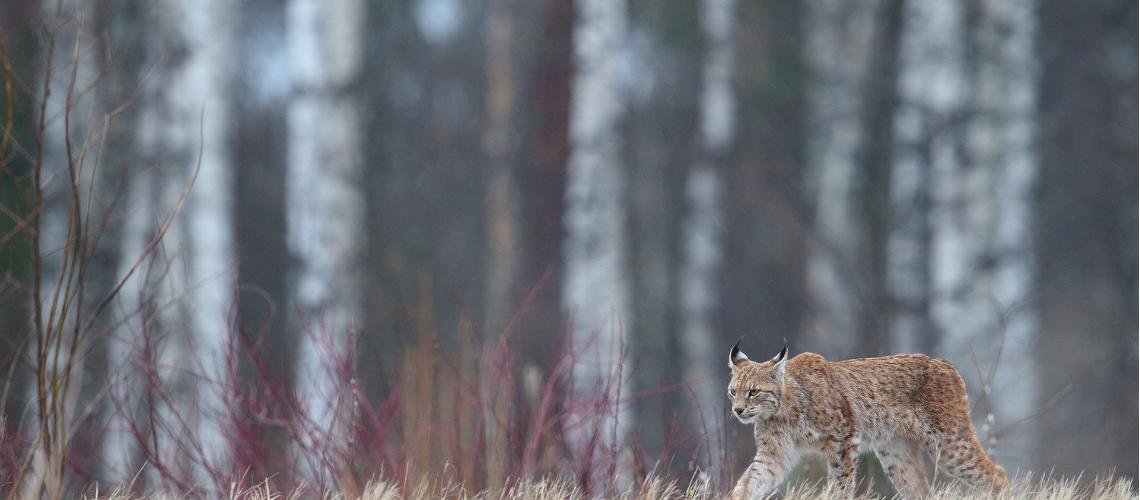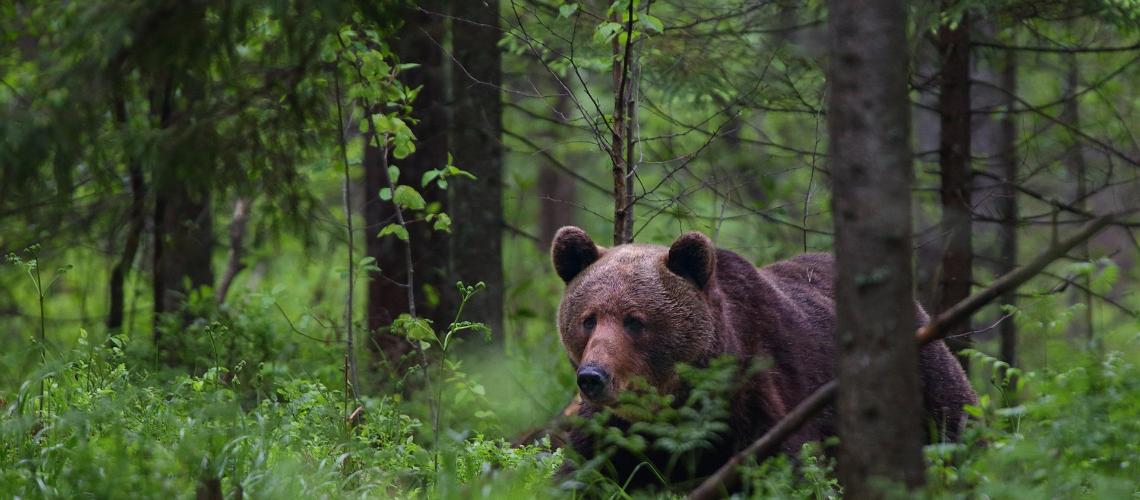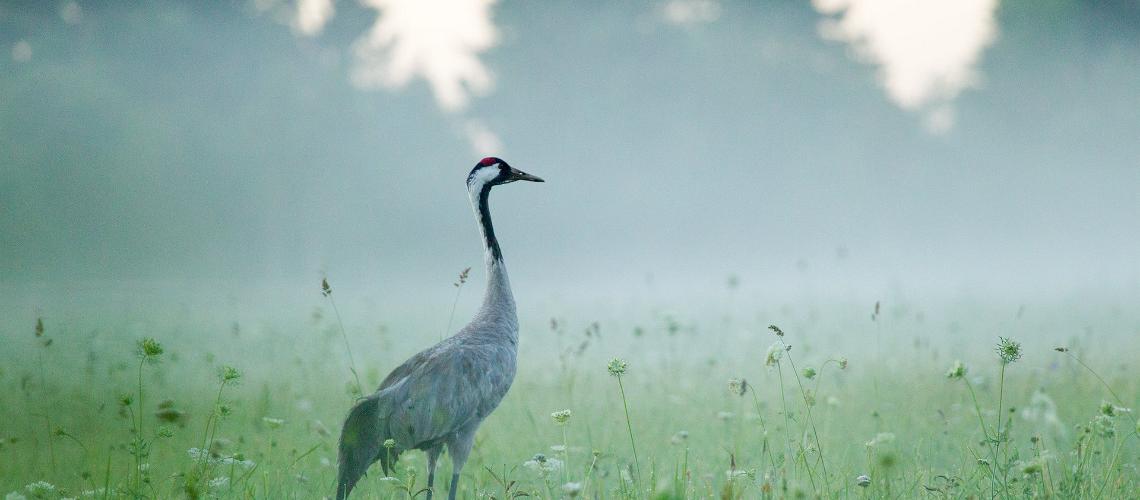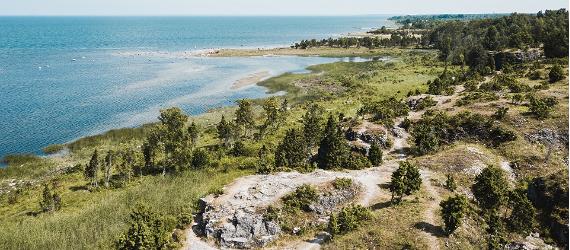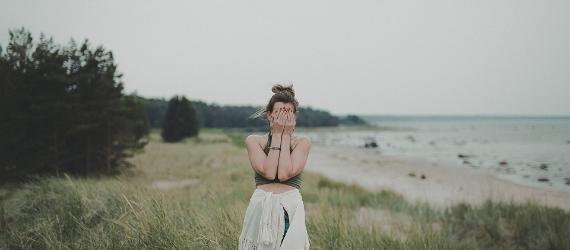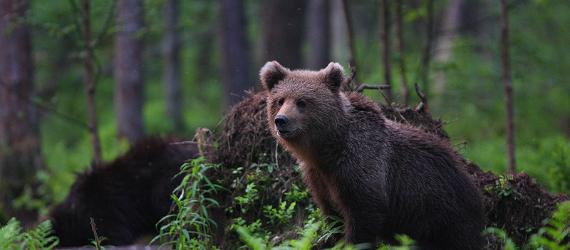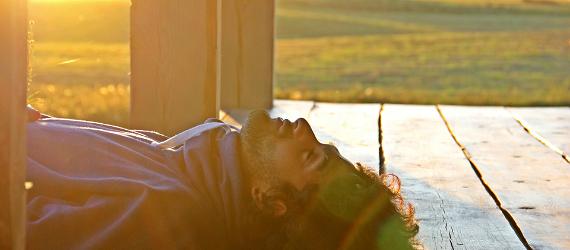Is all of Estonia one national park? No? But forests are always at your doorstep and everything looks so green, even in the cities.The raw power of forests and bog landscapes keeps attracting more and more visitors to the 6 diverse national parks of Estonia. So let's ask the residents of some of the parks an important question: how does it feel to live here?
"I'm the only wild cat in Estonia, living in the largest and oldest national park that is also one of Europe's most important forest protection areas. It is lovely in here with lots of forest and sandy, coastal areas. I prefer going after rabbits and deer, while I notice humans come here for berries and mushrooms."
"I live in a sanctuary, the largest coniferous forest and marsh area in the country. Among others animals, I share my home with wolves and lynxes who love moving between Estonia and Russia."
I live in one of the most famous European bird watching sites, a feeding spot on the migration route between the Arctic and Western Europe. There are many birds in here, and 20,000 of them can look just like me!"
"As the only flying squirrel species in Europe, I live in a very unique place. My home has the only fifth season in North Europe: every spring, our floods make up to 17,500 hectares of lower forests and roads only navigable by water. A perfect place for a canoe trip - if you can't fly!"
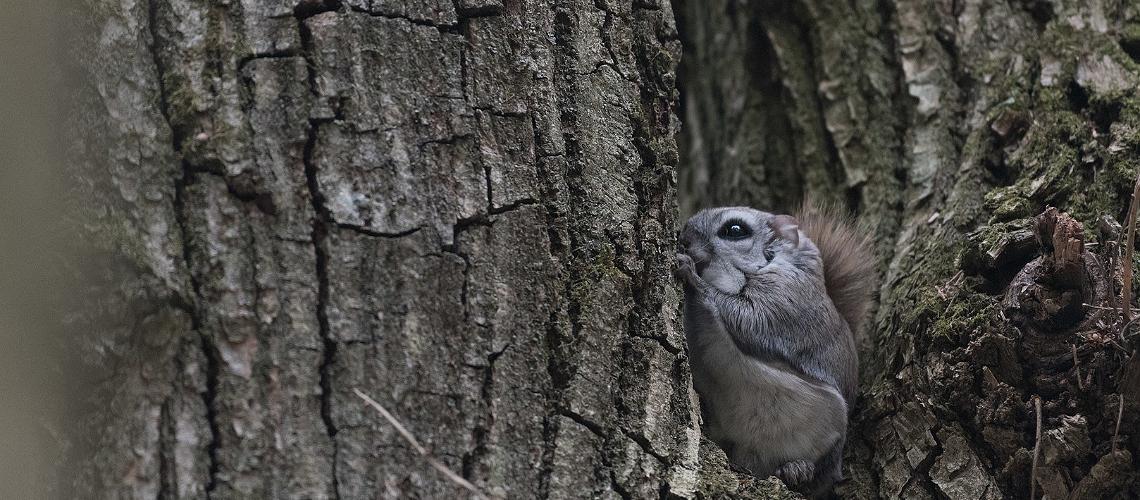
Siberian flying squirrel
Photo by: Чеканов Павел - Own work, CC BY-SA 4.0, https://commons.wikimedia.org/w/index.php?curid=78160135
By now we're sure you'd like to know more about the other national parks too, right? Here they are.















